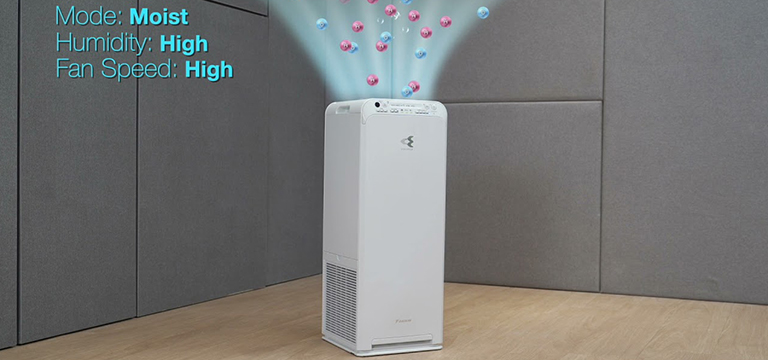Signs that indicate that there is something wrong with your indoor air quality
November 20, 2025 | 08:09 AM

Are your allergic symptoms not fading away? The culprit could be the air inside your home. How can you confirm if your family is at risk?
How to check if you have poor indoor air quality
You can often check indoor air quality by looking at the health of a building’s inhabitants. If you or any of your family members recurrently faces symptoms like congestion, sneezing, coughing, watery eyes, headache, and frequent nosebleeds, it’s time to pay close attention to the arrival of these symptoms. While it can be alluring to put blame on the weather changes and ‘allergies,’ if these symptoms come up soon after you enter your home or office, this could be an indicator of poor indoor air quality. In today’s closely sealed homes, the air inside can be far more polluted than the outdoor air. In addition, the presence of asbestos, toxic mold spores, and the off-gassing of several hazardous chemicals, from cleaners to furniture, and the health concerns can be far more severe, leading to chronic sickness, fever, chills, fatigue, nausea/vomiting, muscle pain, dizziness, rashes, and shortness of breath.
Other indicators of poor indoor air quality
- Unpleasant Odors – Unpleasant odors typically emerge from pest infestation, mold growth, chemicals and dust. Though it’s quite easy to get adapted to the ‘smells’ of your home, these odors will be more ostensible after you’ve come back from a week away.
- Mold/Mildew Growth - Mold and mildew growth typically attends high relative humidity levels and improper air circulation in the home. A betraying fusty smell is often common in homes with mold concerns, together with green and black (mold) spots on surfaces, especially around sinks, tubs, and other regions that get repeatedly exposed to moisture/water.
- Humidity Problems - The ideal level of relative humidity ranges between 35-50%, which is not only easy on our health but also prevents microorganism growth. Low levels of humidity, and your body (and home) can face the disastrous effects of such dryness: Dry/itchy skin, eyes, sinuses, and surge in upper respiratory infections; warping to furniture and structural elements. On the other hand, high levels of humidity pave the way for the growth of mold, mildew, and microbe. Luckily, these issues can be easily tackled with the use of air purifiers, home humidifiers and dehumidifiers.
- Air Distribution Issues – If you notice cold and warm spots in your home, this could be an indicator of poor air quality. If your HVAC system isn’t able to maintain proper temperature and humidity ranks, your indoor air quality may effected because of this.
Considering the ill effects of indoor air pollution on our health, it is extremely necessary to take steps to prevent it from turning worse.









